There are certain foods prepared specifically for New Year’s Day that are considered to bring good luck.
People’s new year, good luck, food traditions around the globe vary with local culture and cuisine, but the general theme is the same: People share food and drink with family and friends to usher in a new year of prosperity.
In the U.S., mainly the South, cowpeas (black-eyed peas) and beans are some of the typical traditional foods served on New Year’s Day. These food items symbolize coins or wealth and are thought to bring luck and prosperity in the New Year.
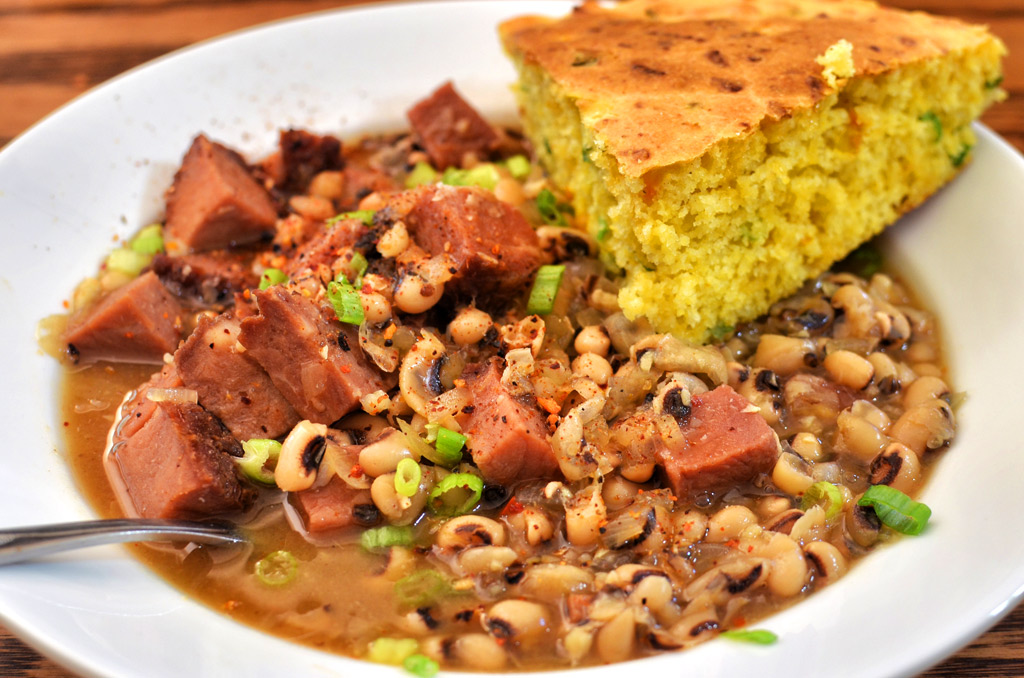


But, beans need to be cooked properly or a food illness will occur. Beans are high in protein, dietary fiber, many minerals, and low in fat and cholesterol. But they also contain a protein that can be toxic in higher concentrations, when beans are eaten raw. Kidney beans in particular contain enough of this toxin to cause acute symptoms, even if only a few raw beans are consumed.
- Learn about proper hygiene, cross contamination, cold and hot food safety, foodborne pathogens, and best practices to prevent foodborne illness.
- Food Manager Training & ANSI Certification - $99.00
- Food Handler Training - only $7.00!
- HACCP Training: 16hr/4hr/1hr
- Food Allergy Training - $15.00
- Enter Promo "train10off" at Checkout
Raw and Undercooked Bean Hazards
Black-eyed peas are actually not peas at all, but rather a variety of bean related to the cowpea and categorized as legumes, having both edible seeds and pods.
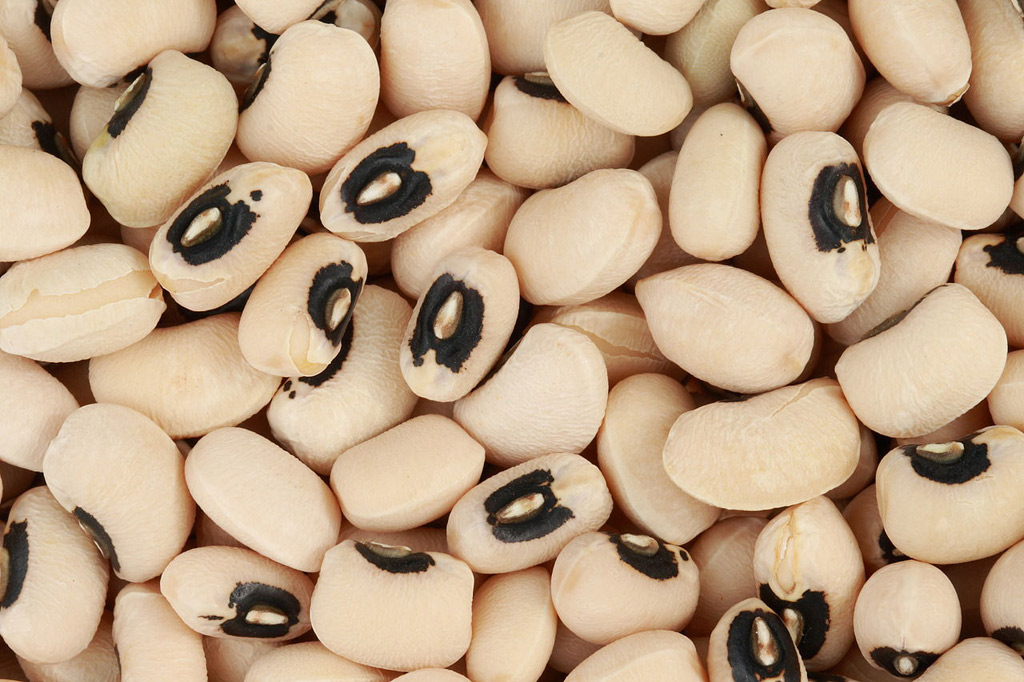


Uncooked beans contain a natural protein toxin called lectins, specifically phytohaemagglutinin, also called PHA, which is harmful to humans and causes food illness. Kidney beans have the highest concentrations of this toxin – especially red kidney beans.
The toxin is only neutralized by a least 10 minutes of cooking at boiling temperature (212°F or 100°C). The temperature of cooking beans must be boiling or they can be more harmful. Undercooked beans, which are beans that have been cooked at temperatures not reaching boiling, such as in a slow cooker, can be more toxic than raw ones.
The FDA also recommends soaking the beans for five hours to remove any residual toxins and then tossing the water out.
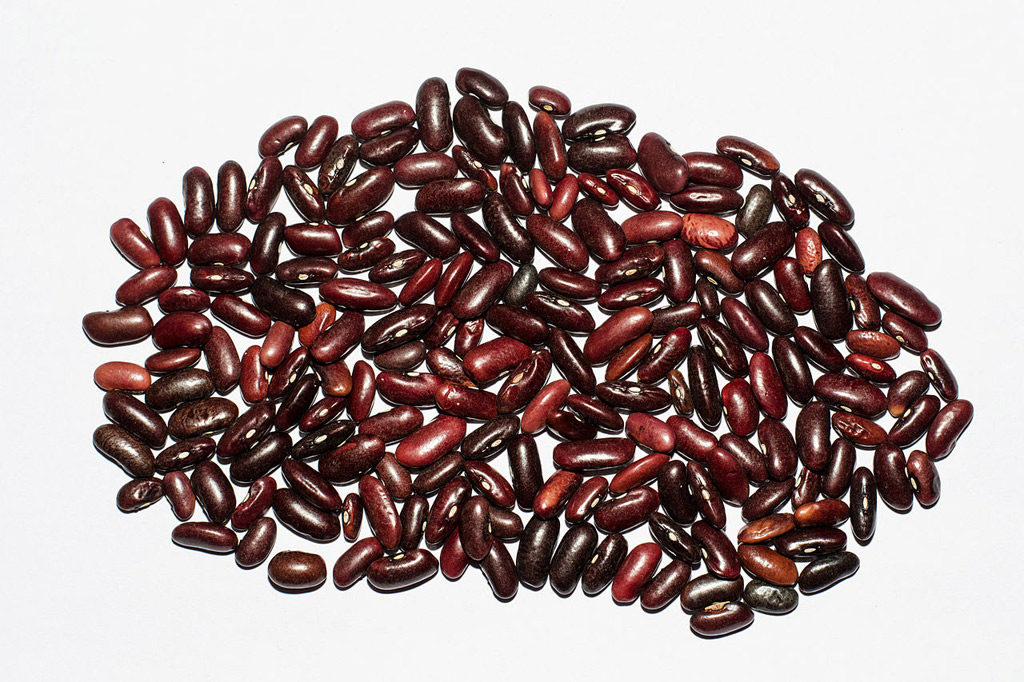


Type of Foodborne Illness
Beans are categorized as a type of foodborne illness called foodborne intoxication.
Foodborne intoxication is caused by consuming food containing either natural toxins or by poisonous chemicals. Toxins are also the natural part of some plants and mushrooms. Some seafood has toxins including ciguatera and scombroid.



Foodborne Illness Symptoms
According to the Food and Drug Administration’s (FDA) “Bad Bug Book,” eating as few as four or five improperly cooked red kidney beans can cause severe nausea and vomiting within a few hours, followed by diarrhea.
Although some cases have required hospitalization, people normally feel better within three to four hours after symptoms start.
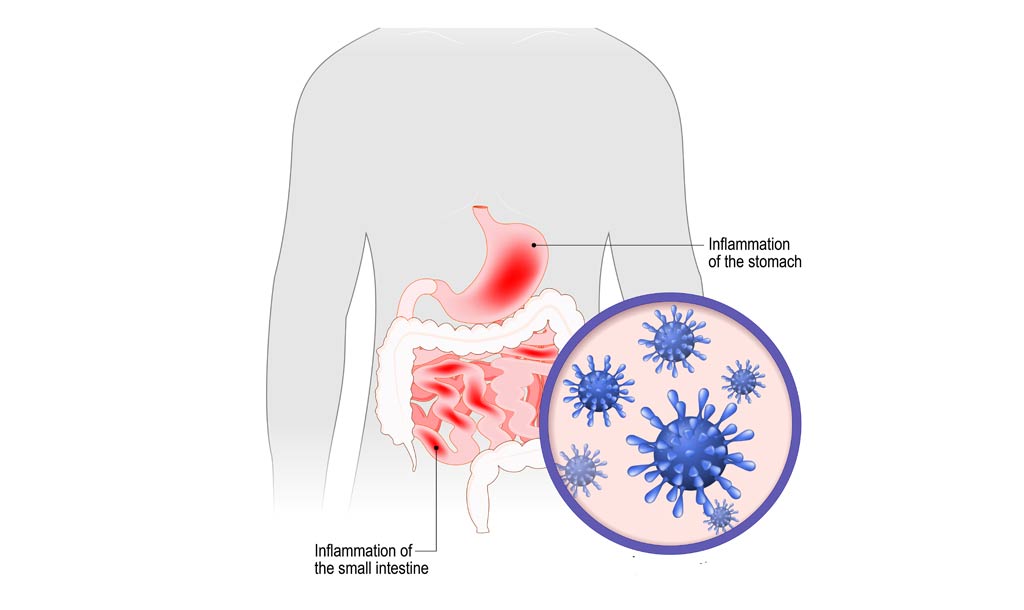


At Risk/Vulnerable Groups
Anyone who eats contaminated food can become sick. However, there are certain groups of people who have a higher risk for contracting a foodborne illness – and have a greater severity of an illness. These groups include:
- Pregnant women;
- Infants and young children;
- Older adults;
- People with weakened immune systems from medical conditions, such as diabetes, liver disease, kidney disease, organ transplants, or HIV/AIDS.
- People taking certain kinds of medications for medical conditions – or receiving chemotherapy or radiation treatment.
Vulnerable people are not only at increased risk of contracting a foodborne illness, but are also more likely to have a lengthier illness, undergo hospitalization, or even die.
If you or someone you care for is in one of these groups, it’s especially important to take steps to prevent food illness and to know which foods are more associated with illness than others.
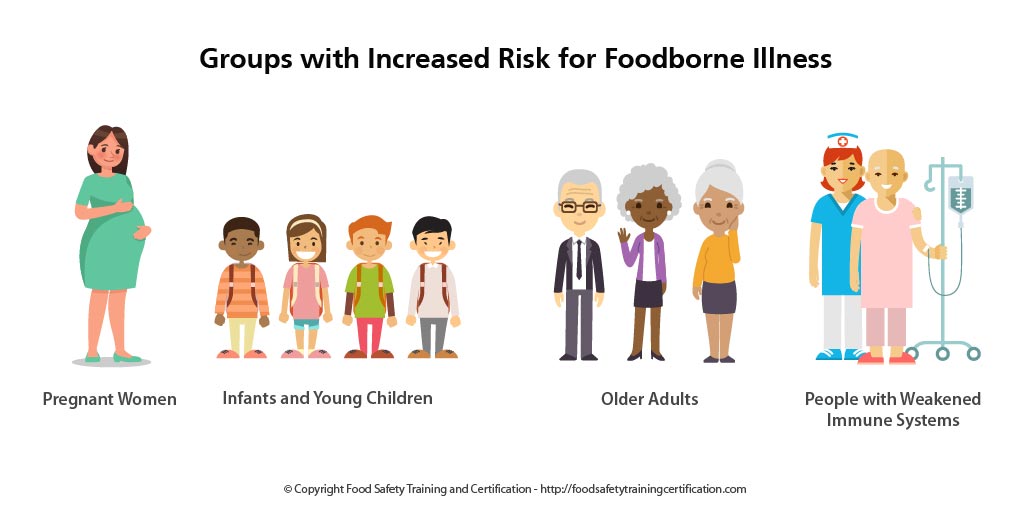


Summary
There are certain foods prepared specifically for New Year’s Day and in the U.S., black-eyed peas and beans are some of the typical traditional foods served and symbolize wealth and are thought to bring luck and prosperity in the New Year.
But, beans need to be cooked properly or a food illness will occur. Uncooked beans contain a natural protein toxin which is harmful to humans and causes food illness. This toxin is only neutralized by cooking beans at boiling temperature.






